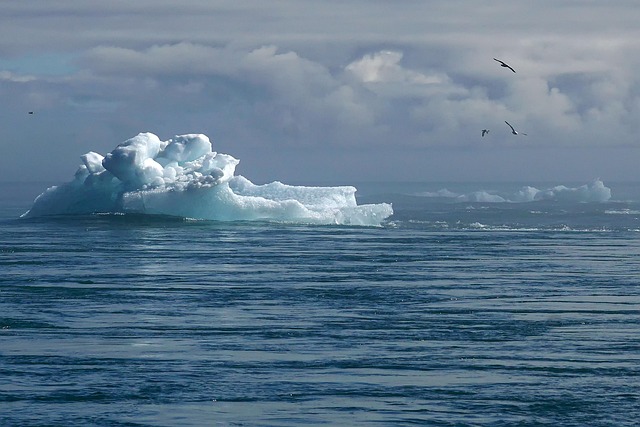As we navigate the complexities of our modern world, the interplay between climate financing, environmental preservation, and the ramifications of climate change has never been more critical. Rising sea levels, caused by factors such as melting ice caps and thermal expansion of water, threaten coastal communities and ecosystems alike. It prompts an urgent need for innovative solutions and strategic investments to preserve our planet’s delicate balance.
Climate financing plays a pivotal role in facilitating these solutions. It provides the necessary resources for projects aimed at mitigating environmental degradation while addressing the impacts of climate change. By leveraging funds from both public and private sectors, we can prioritize sustainable practices and technologies that not only protect our coastal regions but also promote resilient economic growth.
When we talk about climate change and its implications on the environment, it is essential to recognize the interconnectedness of our global systems. The health of marine ecosystems, including coral reefs and mangroves, is directly impacted by rising sea levels and increasing temperatures. Climate financing can enable adaptive measures, such as restoring coastal habitats, which act as natural barriers to storm surges and flooding, thus safeguarding communities and biodiversity.
However, unlocking climate financing requires collaborative efforts among governments, NGOs, and private sector stakeholders. By fostering partnerships, we can ensure that funds are allocated to impactful projects that emphasize sustainability. Policies that promote green technologies and renewable energy sources are fundamental to shift the funding landscape towards environmentally-friendly initiatives.
We must realize that financial investments in climate resilience are not just a necessity; they are an opportunity to innovate and lead in the sustainability realm. Embracing a greener future means creating job opportunities, transitioning to renewable energy, and fostering industries that promote environmental stewardship. Prioritizing climate financing allows us to bridge the gap between economic development and ecological responsibility, ensuring future generations inherit a habitable planet.
As individuals, we have a role to play as well. Raising awareness about environmental issues, advocating for sustainable practices, and supporting policies that enhance climate financing can contribute to a broader movement towards a sustainable future. The impacts of climate change are visible in our daily lives, and our collective response can either exacerbate or alleviate these challenges.
In summary, the urgency of addressing climate financing in relation to the environment and climate change cannot be overstated. As we stand at a crossroads, it is crucial to harness our resources effectively, align our efforts with nature’s needs, and invest in a future where both humanity and the planet can thrive together.




